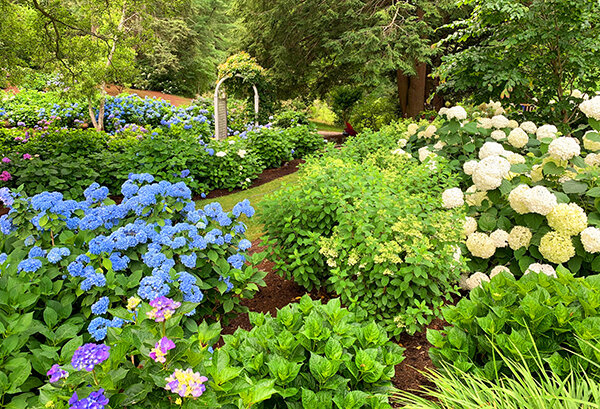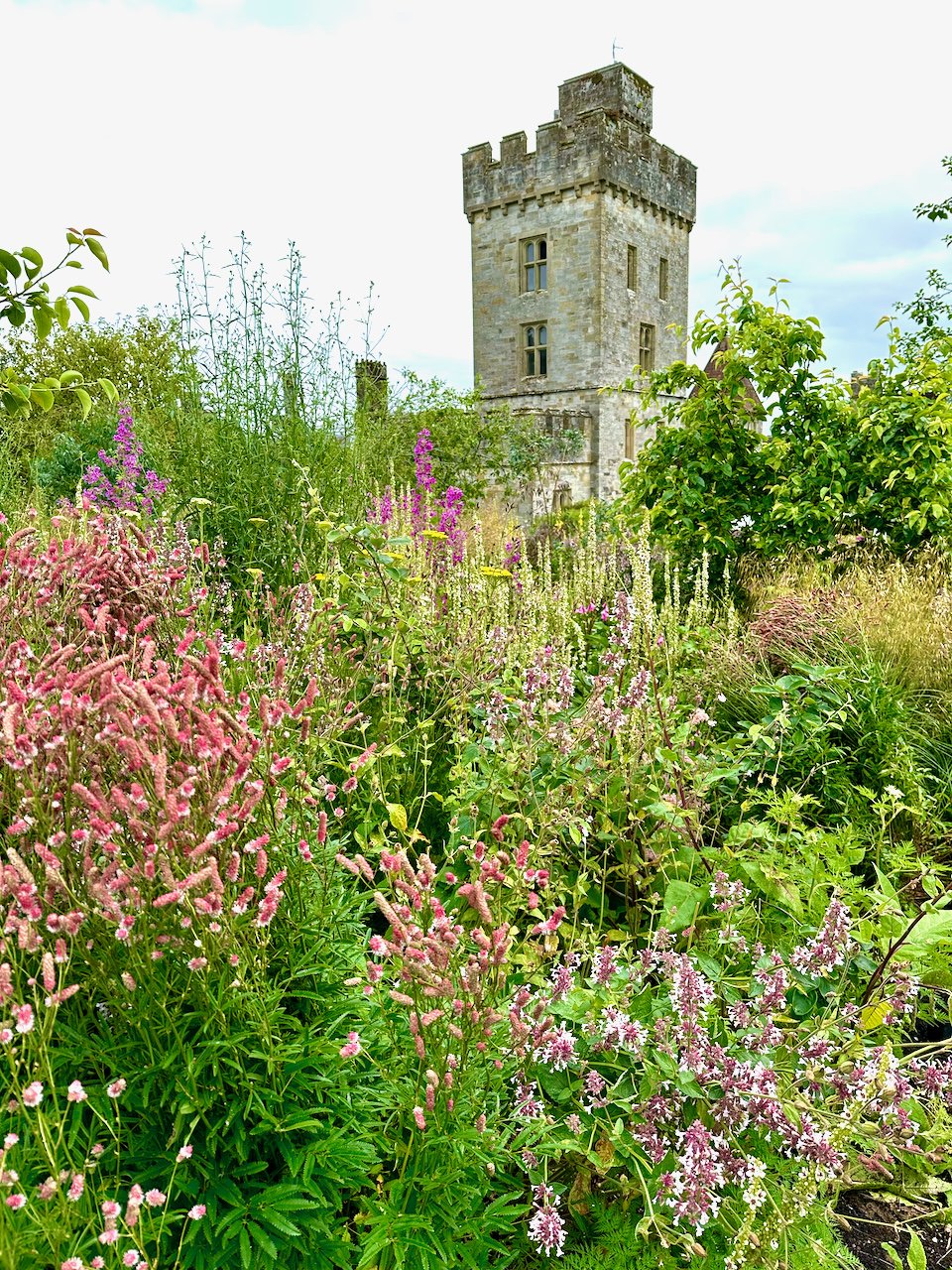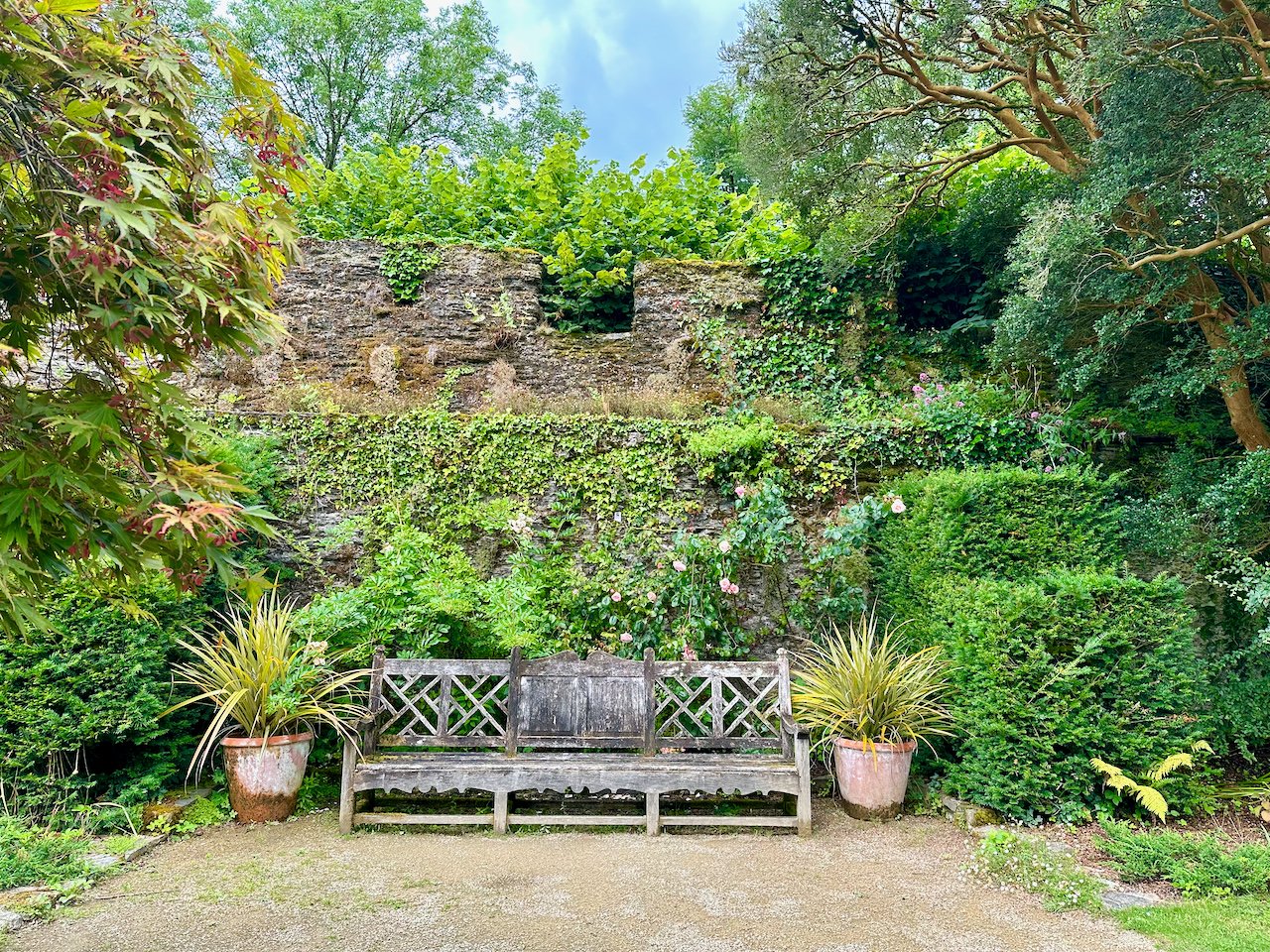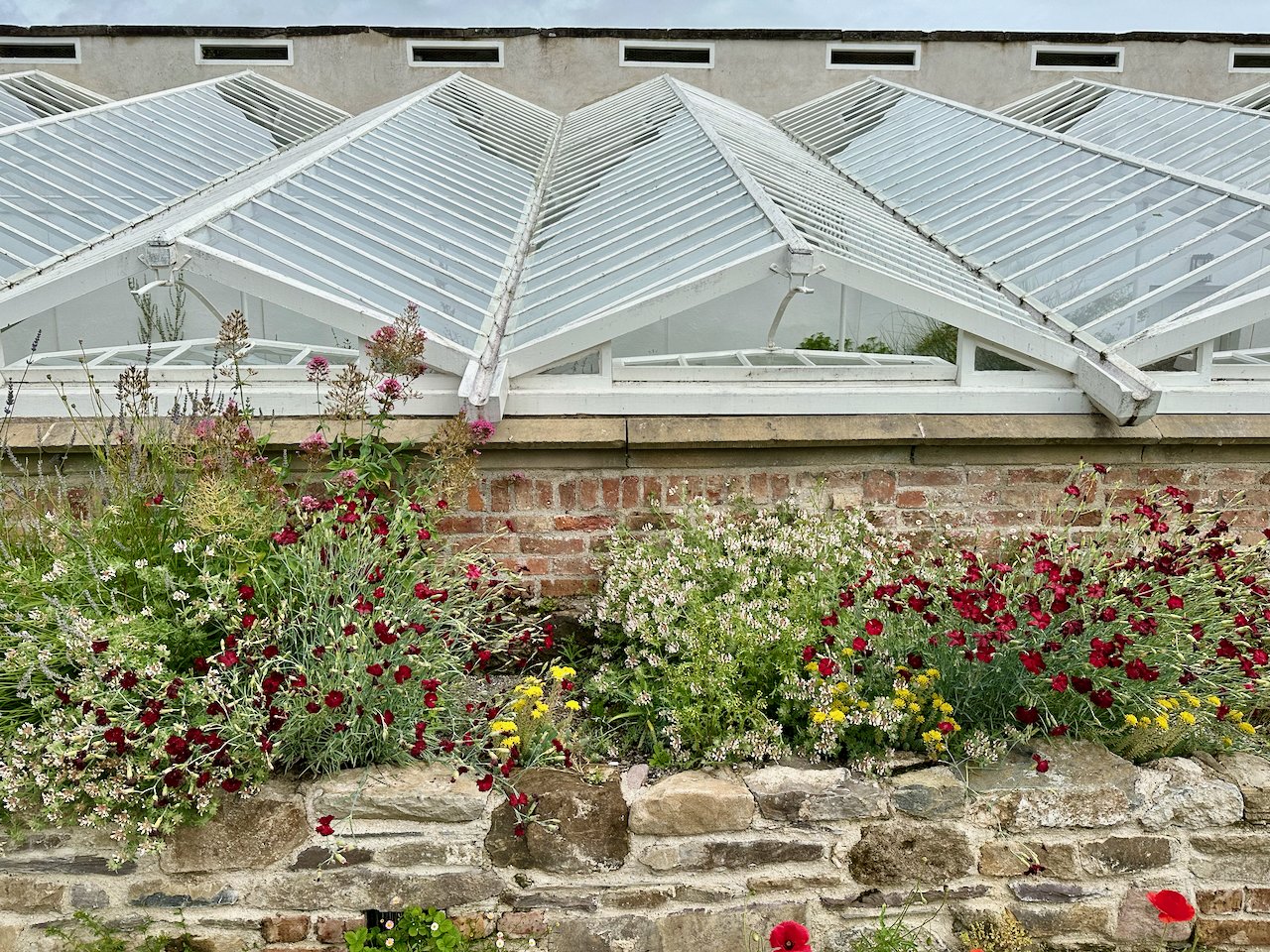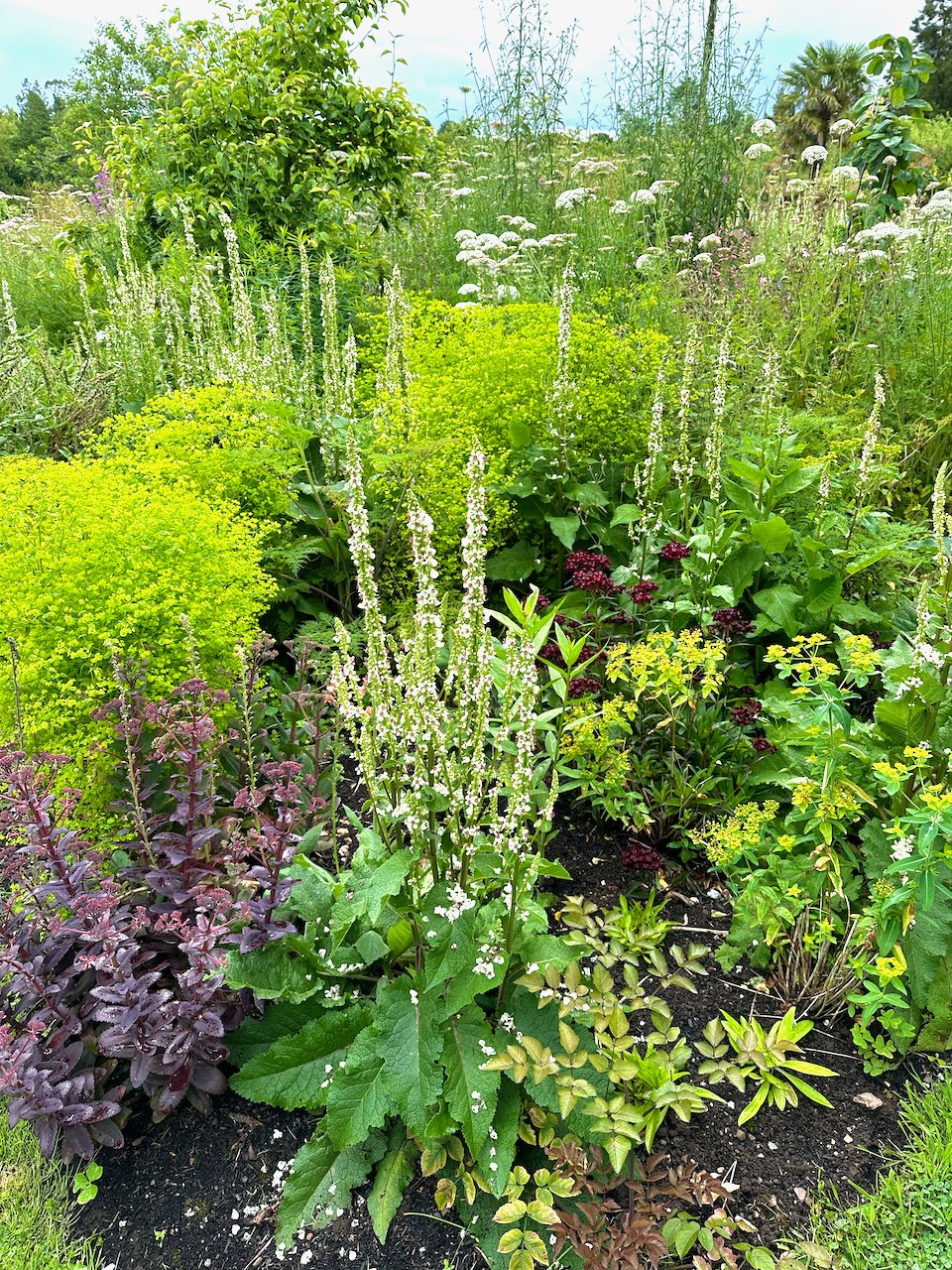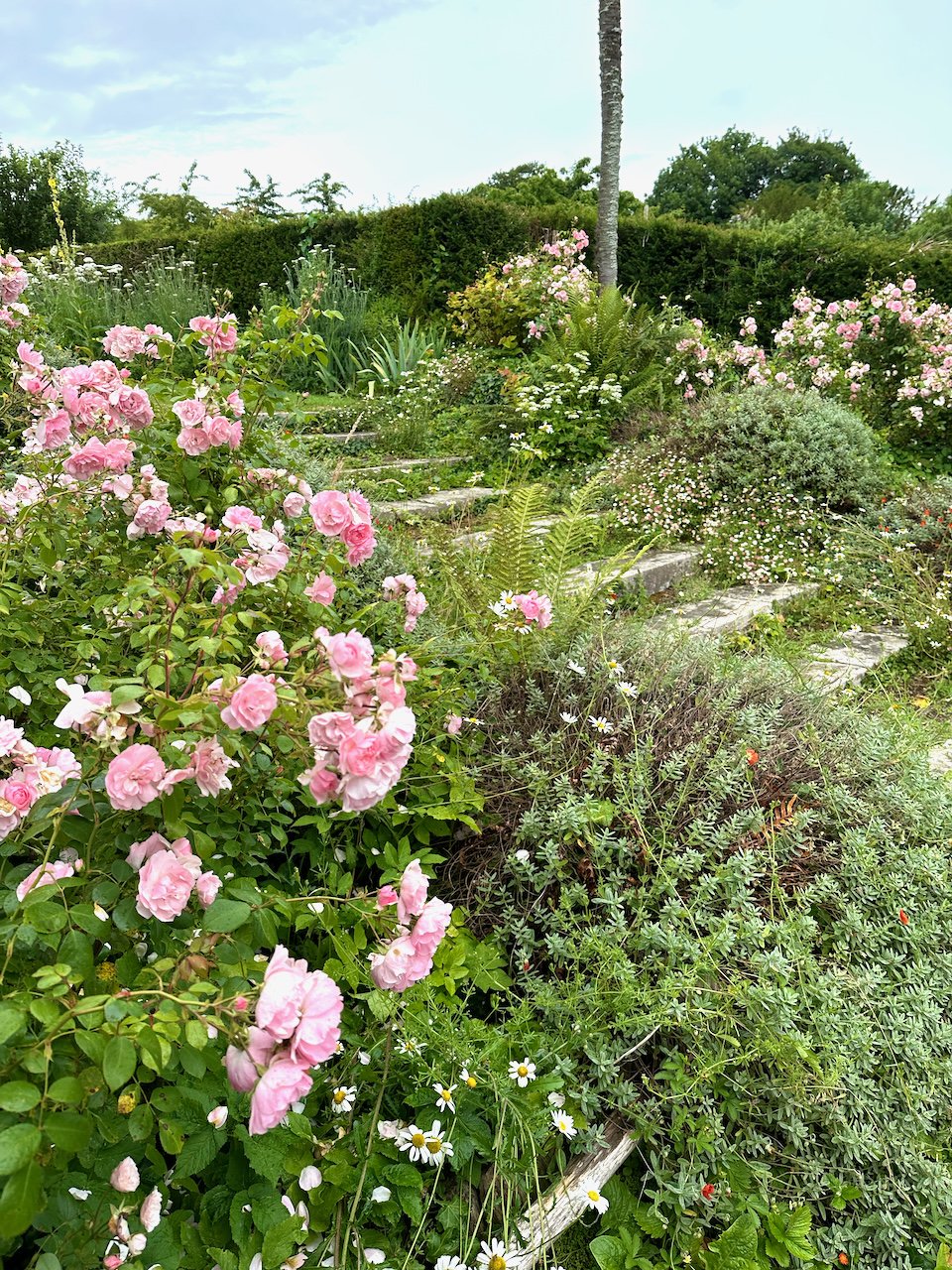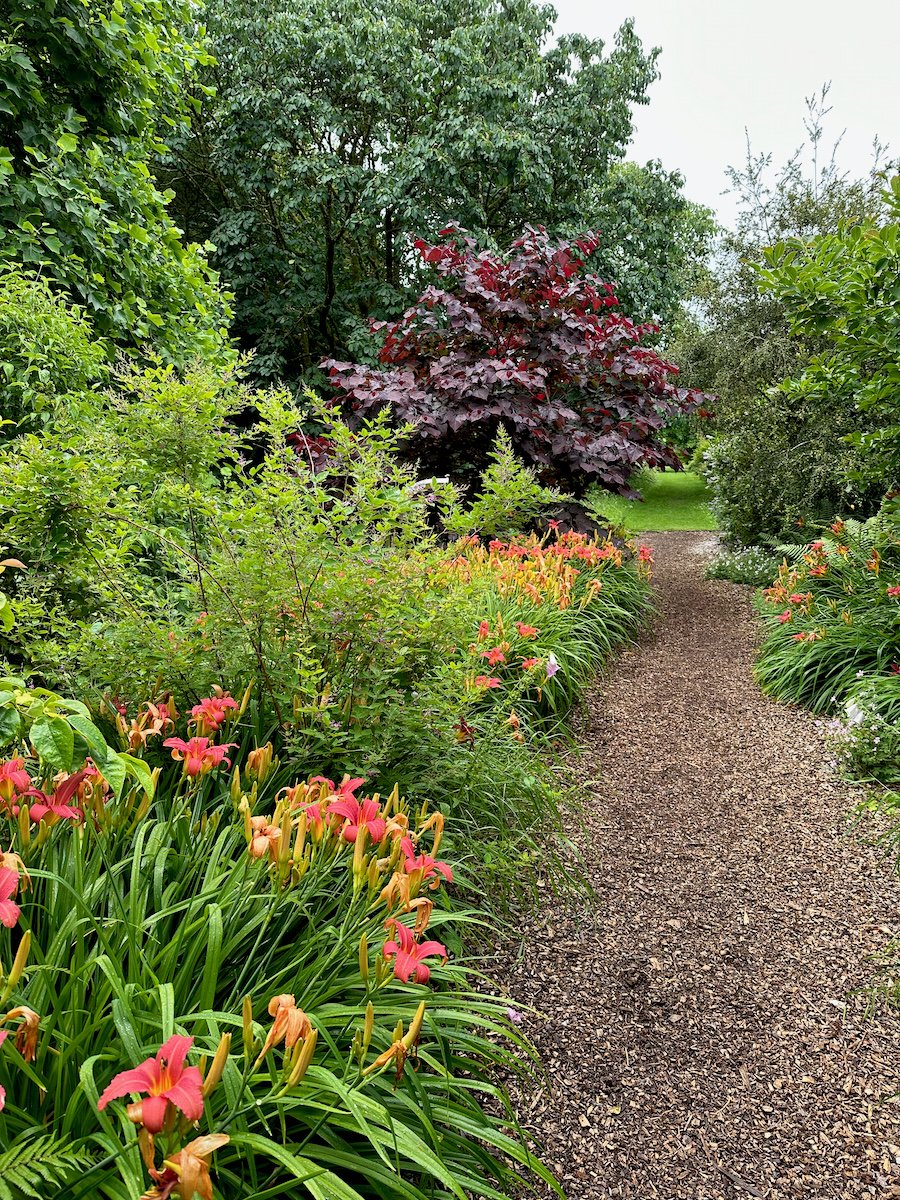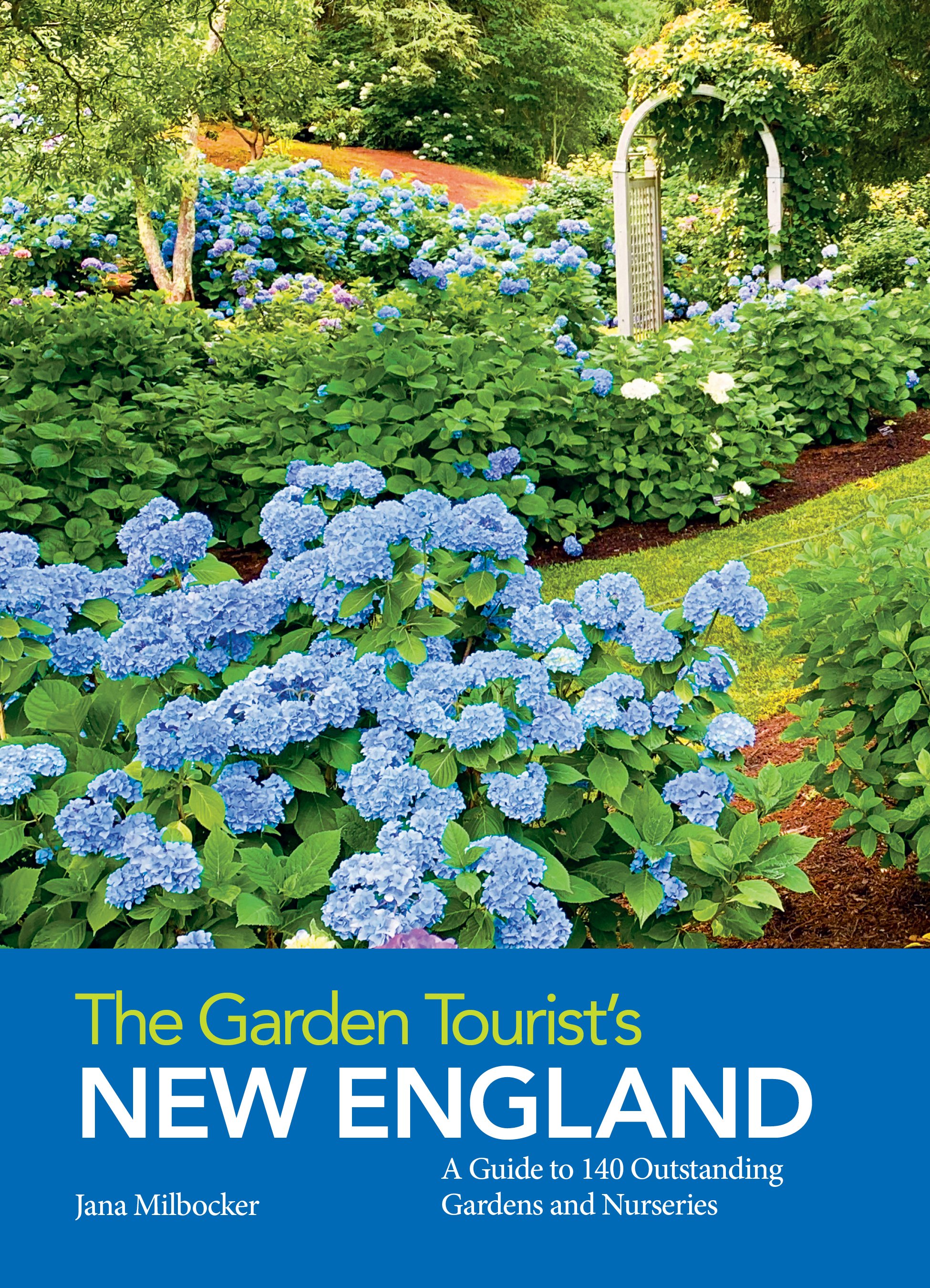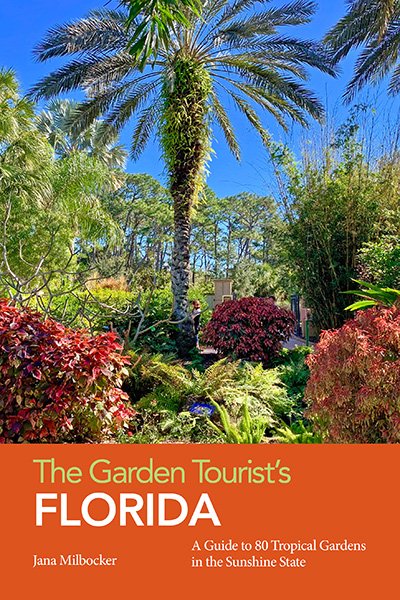A Walk Through the Gardens at Lismore Castle
/Lismore Castle is one of the most romantic looking castles in Ireland. Built on the site of a 7th century abbey, the castle was once the Palace of the Bishops of Ireland. Although there has been a tower house on this site since the 12th century, the castle that you see today was built in the 1800s by the sixth Duke of Devonshire.
Portrait of the future Duke of Devonshire by Martin Archer Shee
The Irish home of the Dukes of Devonshire for almost three centuries, Lismore is this oldest, continuously inhabited castle in Ireland. In the 1900s, it was the retreat of Adele Astaire, also known as Lady Charles Cavendish, daughter-in-law of the ninth Duke of Devonshire. Adele’s famous brother, Fred Astaire, was a frequent guest at the castle, as well as Cecil Beaton, Lucian Freud and John F. Kennedy. Today, Lismore Castle is a “castle for hire” with luxury accommodations for up to 27 guests.
The gardens of Lismore are 10 acres in size, and set within the outer defensive walls. They are divided into three distinct sections: the Reilig Garden, the Upper Garden, and the Lower Garden. The entrance is through The Reilig Garden, named after its medieval graveyard. A birch grove planted in 2009 sets the tone for the contemporary, sustainable gardens that you will find here.
The Reilig leads to the Upper Garden which was first constructed by Richard Boyle, the first Earl of Cork in about 1605. Although it is a historic garden, it contains specimens from abroad such as this Chusan palm.
While some of the walls around this garden date back to the 13th century, the plantings have changed continuously to suit the tastes of those living within the Castle. Today the gardens have a contemporary feel, influenced by designers such a Piet Oudolf.
A staff of six gardeners maintains the property. The head gardener, who toured us around the property spent a year training at Chanticleer outside of Philadelphia.
The Upper Garden is a mix of ornamental borders and productive areas, with vegetables, herbs, fruit and flowers grown for the castle kitchen.
The unique, accordion-shaped greenhouses were designed by botanist, inventor, engineer and architect Sir Walter Paxton in the 1800s. Paxton is renowned for designing the Crystal Palace for The Great Exhibition in 1851. The greenhouses were used for growing grapes and other tender fruit.
The orchard in this part of the garden produces apples that are used to make Lismore Castle Apple Juice.
The flower gardens are themed by color, with a white border, a pink and violet border, and the blue and yellow border.
Flowers like verbascum, persicarias, clary sage, and catmint add an ethereal quality to the garden.
The borders are delightfully loose in their design, with cottage-garden plants clamoring over each other.
Here we see a detail of the rose and lavender border. The blowsy flowers are a nice juxtaposition to the formal yew, beech, and box hedges that divide the garden into smaller compartments.
Spires from the village below provide beautiful focal points and views.
The Lower Garden is entered through the Riding House. Meandering paths lead you through an informal setting of trees and shrubs and out onto open lawns.
The stately arborvitae walk and collections of rhododendrons, magnolias and other trees create a shaded garden. This is a spring garden, with early flowering trees and shrubs underplanted with bulbs and shade perennials.
The lichen-covered castle walls provide a romantic backdrop for the plants and flowers.
Lismore Castle is located in Lismore, Waterford County, Ireland, lismorecastlegardens.com. The gardens are open from March through October.

